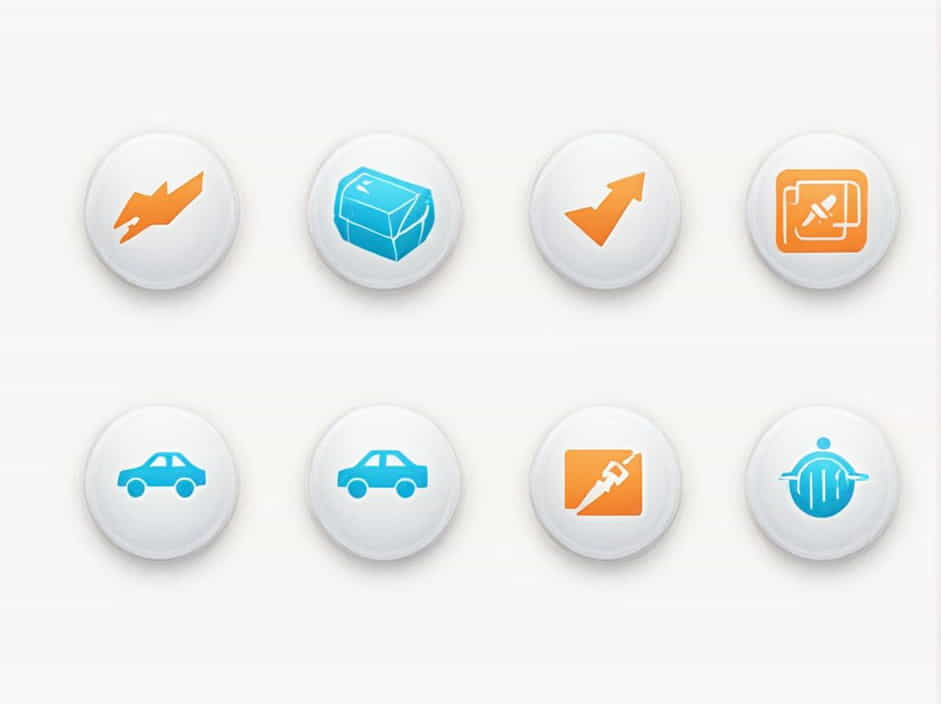In the world of chemistry, collisions between ptopics play a crucial role in determining the rate of a reaction. The phrase "more collisions correspond to a higher reaction rate" is a fundamental principle in chemical kinetics. But why do more collisions lead to faster reactions?
To understand this concept, we need to explore collision theory, factors affecting collision frequency, and real-world applications of this principle in various fields such as industry, biology, and environmental science.
Understanding Collision Theory
What is Collision Theory?
Collision theory states that for a chemical reaction to occur, reacting molecules must collide with each other. However, not all collisions result in a reaction. There are three important conditions for a successful collision:
-
Sufficient Energy (Activation Energy) – The ptopics must collide with enough energy to break and form new bonds.
-
Correct Orientation – The molecules must be aligned properly for a reaction to take place.
-
High Collision Frequency – The more often ptopics collide, the greater the chance of a successful reaction.
Thus, more collisions per second correspond to a higher reaction rate because they increase the probability of successful collisions.
Factors Affecting Collision Frequency and Reaction Rate
1. Concentration of Reactants
When the concentration of reactants increases, the number of ptopics in a given volume is higher. This leads to:
-
More frequent collisions between ptopics
-
Greater chances of successful reactions
-
Faster overall reaction rate
For example, in acid-base reactions, increasing the concentration of hydrochloric acid (HCl) will speed up the reaction with magnesium metal (Mg) because more HCl molecules are available to collide with Mg atoms.
2. Temperature
Higher temperature increases the kinetic energy of ptopics. This results in:
-
Faster movement of molecules
-
More frequent and forceful collisions
-
Higher probability of overcoming activation energy
For instance, cooking food at a higher temperature speeds up chemical changes because the heat increases collision frequency and energy, breaking down molecules faster.
3. Surface Area of Reactants
When reactants have a larger surface area, more ptopics are exposed for collisions. This is why:
-
Powdered solids react faster than large chunks
-
Finely ground sugar dissolves quicker than sugar cubes
A classic example is the reaction between calcium carbonate (CaCO₃) and hydrochloric acid (HCl). Powdered CaCO₃ reacts much faster than a solid piece because more surface area is available for acid molecules to collide with.
4. Presence of a Catalyst
A catalyst speeds up a reaction by lowering activation energy, making it easier for molecules to collide and react.
-
Enzymes in the human body are biological catalysts that speed up digestion.
-
Platinum and palladium are used in car exhaust systems to accelerate pollutant breakdown.
Although a catalyst does not increase the number of collisions, it makes each collision more likely to be successful.
5. Pressure (for Gaseous Reactions)
In reactions involving gases, increasing pressure compresses gas molecules into a smaller volume, leading to:
-
More frequent collisions
-
Faster reaction rate
This principle is used in industrial processes like the Haber process for ammonia production, where increasing nitrogen and hydrogen gas pressure enhances reaction speed.
How More Collisions Correspond to a Higher Reaction Rate
1. The Mathematical Relationship
The rate of a chemical reaction can be expressed using the rate equation:
Where:
-
** k ** is the rate constant
-
** [A] and [B] ** are reactant concentrations
-
** m and n ** are reaction order coefficients
This equation shows that as concentration increases, more collisions occur, leading to a higher reaction rate.
2. The Energy Distribution Factor
According to the Maxwell-Boltzmann distribution, molecules in a reaction have different kinetic energies.
-
At lower temperatures, fewer molecules have enough energy to react.
-
At higher temperatures, a larger fraction of molecules surpasses the activation energy threshold, leading to more successful collisions.
This explains why heating a reaction mixture accelerates reaction speed.
3. Reaction Rate and Everyday Examples
-
Rusting of Iron: In humid environments, water molecules collide with iron more frequently, causing faster rust formation.
-
Food Spoilage: Bacteria multiply and cause food to rot faster at warm temperatures due to increased molecular collisions.
-
Combustion: A fire burns more intensely when oxygen concentration is higher because more oxygen-fuel collisions occur.
Applications of Collision Theory in Real Life
1. Industrial Chemical Production
In industries like petrochemicals, pharmaceuticals, and metallurgy, reaction rates must be optimized for efficiency.
-
Increasing pressure and temperature accelerates fuel refining.
-
Catalysts are used in ammonia and sulfuric acid production to speed up reactions without excessive heat.
2. Medicine and Drug Reactions
Understanding collision theory helps in designing faster-acting drugs.
-
Enzymes in the body speed up metabolic reactions by lowering activation energy.
-
High fever accelerates immune responses by increasing molecular collisions.
3. Environmental Science and Pollution Control
-
Ozone layer depletion involves increased molecular collisions between CFCs (chlorofluorocarbons) and ozone molecules.
-
Catalytic converters in cars enhance collision efficiency to reduce toxic gas emissions.
4. Food Preservation and Cooking
-
Refrigeration slows food spoilage by reducing molecular motion and collision frequency.
-
Cooking speeds up chemical changes in food by increasing temperature, which raises collision rates.
Key Takeaways
-
More collisions correspond to a higher reaction rate because they increase the chance of successful molecular interactions.
-
Factors like concentration, temperature, surface area, catalysts, and pressure all affect collision frequency.
-
Collision theory explains real-world phenomena such as combustion, food preservation, and industrial production.
-
Maxwell-Boltzmann distribution helps predict reaction rates based on molecular energy levels.
-
Understanding reaction rates allows scientists and engineers to optimize chemical processes for efficiency and sustainability.
The relationship between collision frequency and reaction rate is a fundamental principle in chemistry. By increasing the number of molecular collisions, we can accelerate reactions, improve efficiency, and optimize industrial processes.
Whether it’s cooking food, refining fuel, or designing pharmaceuticals, the principle that more collisions correspond to a higher reaction rate plays a crucial role in everyday life.
